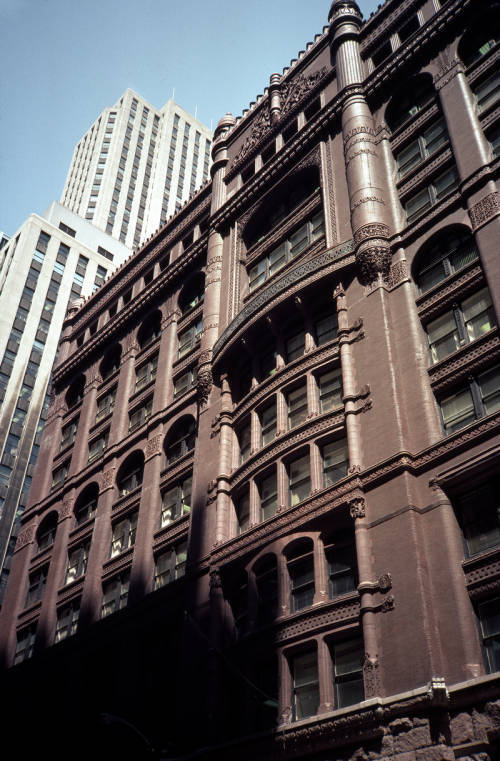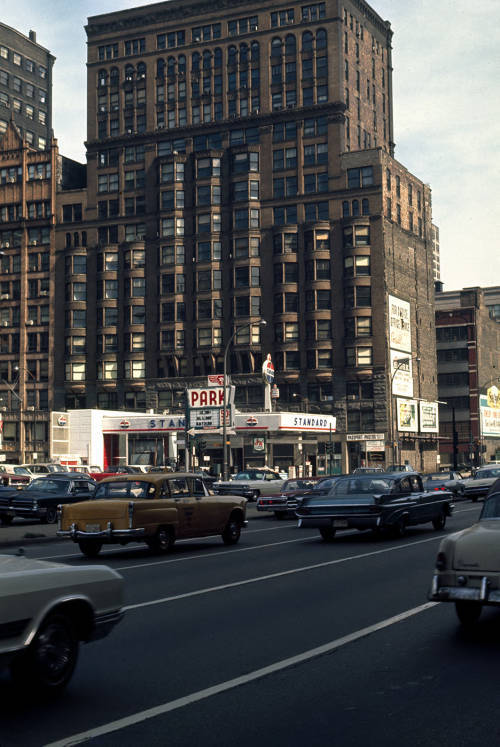Architecture in Chicago: The Chicago School
One of the most notable styles of architecture to emerge from Chicago, and from all of Illinois, is that of the Chicago School, or Commercial Style. This style was developed with the structures built from around 1880 (after the Great Fire) until the first World War. The style of the Chicago School was influenced by traditional French and English designs from the early 1800s. However, Chicago architects put their own spin on traditional techniques and improved certain aspects. One such innovation was the practice of using iron framing (rather than masonry walls), which became a trademark of the Chicago School. Along with giving buildings a distinctive appearance, it also meant that they were more likely to withstand a fire.
Within the main movement of Chicago architecture, there were two sub-movements. On one side, were those such as William Le Baron Jenney, William Holabird, and Martin Roche, who emphasized simple, functional forms. They aimed to give an impression of the building's skeleton that was visible from the outside. Other goals included allowing sunlight into the building and, of course, utilizing the space in an efficient way. The other camp, dominated by the work of Sullivan, sought to include more movement and style. These two movements encompass the style of the Chicago school as a whole.


